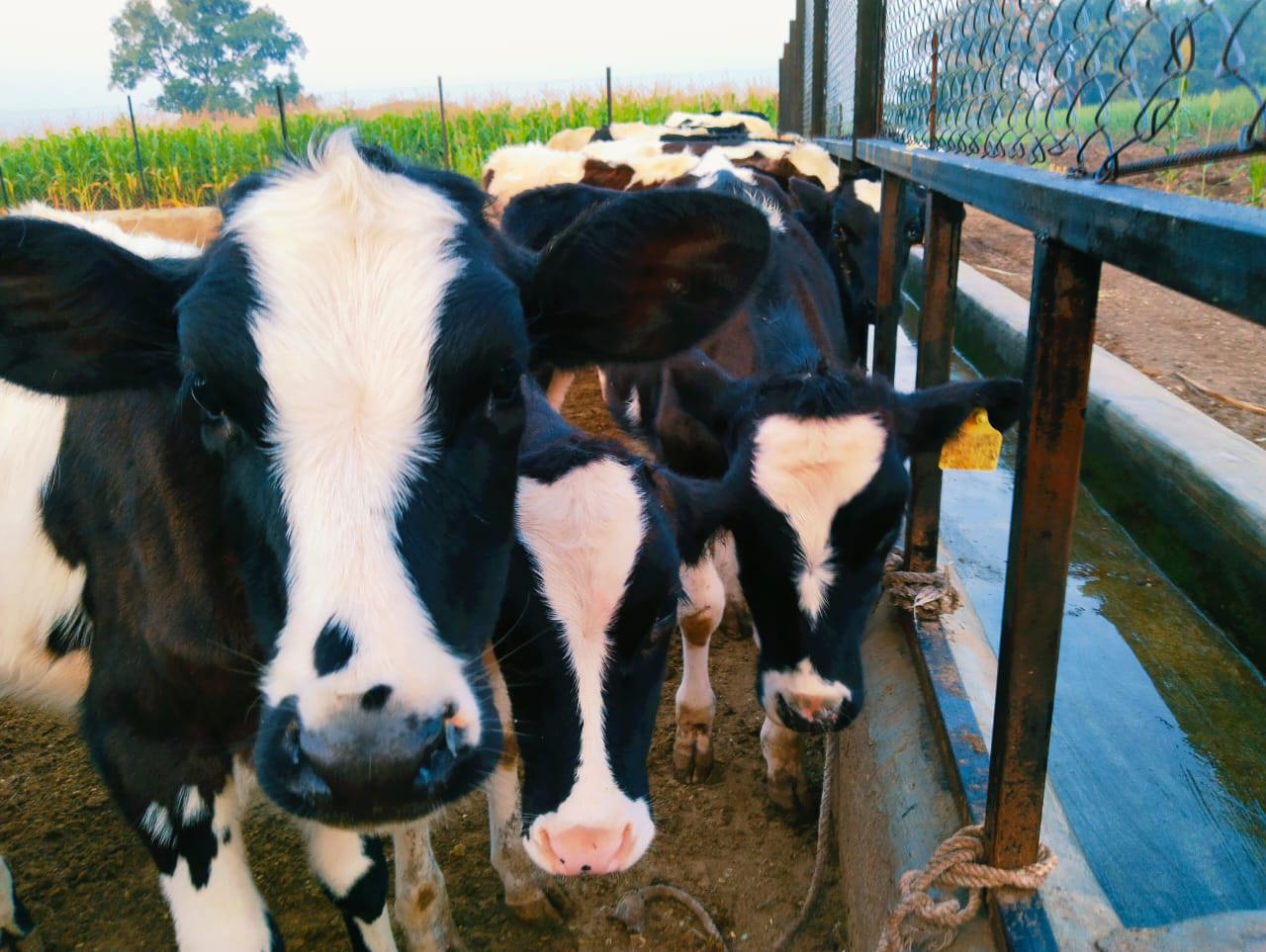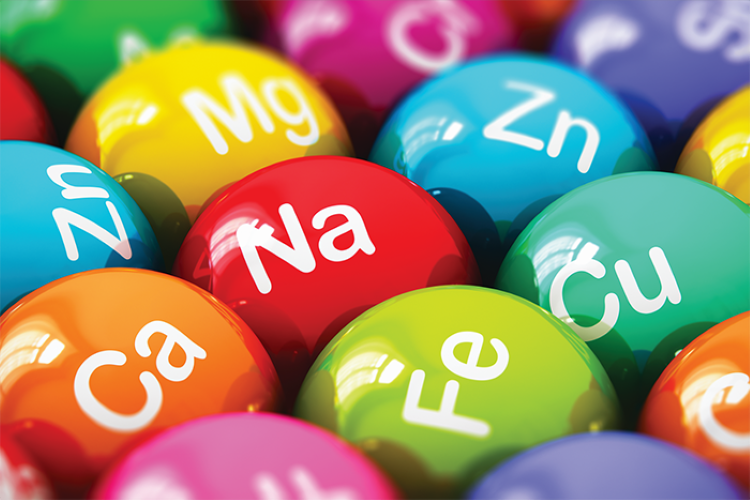
Sulphate trace minerals are commonly used in footbaths because they readily release their trace mineral ions, which are known to be antimicrobial. This is highly desirable when they are used to deal with hoof-related infections. Within the rumen, this antimicrobial effect of sulphates is highly undesirable. Unfortunately, the sulphate salts that are commonly used in dairy feed are highly soluble in the rumen, resulting in high peak concentrations of free metal ions.
In contrast, the hydroxy forms of trace minerals in IntelliBond are largely insoluble at a pH of 4 or higher. The rumen pH of dairy cattle is typically between 6 and 6.5, so hydroxy trace mineral crystals are essentially insoluble within the rumen. In the abomasum, where the pH is usually below 3, the crystals dissociate layer by layer, resulting in a gradual and sustained release of trace mineral ions into the duodenum. As a result, the bioavailability of hydroxy trace minerals in IntelliBond is high, but peak concentrations in the rumen and another part of the GI tract always remain low (see Figure 1).
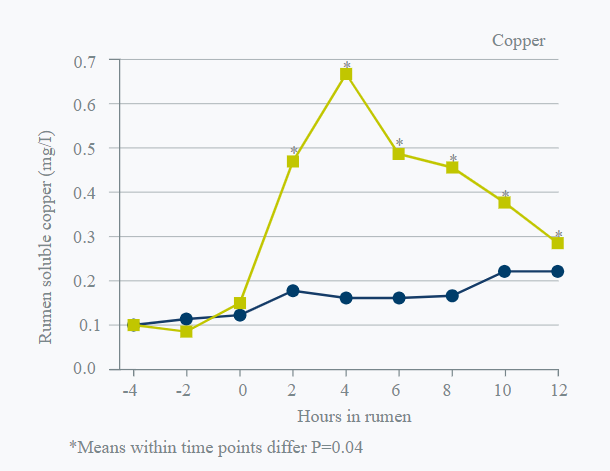
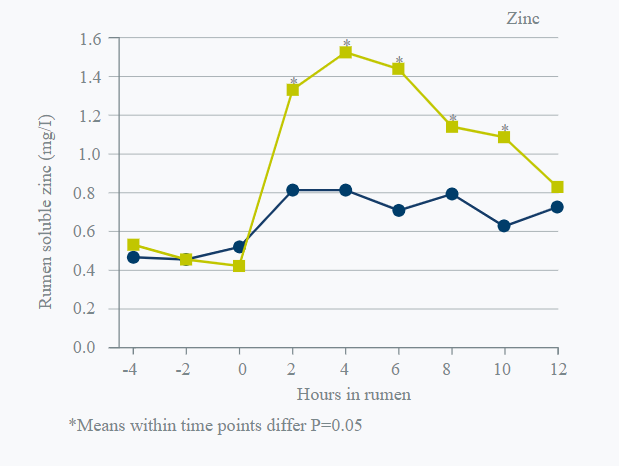
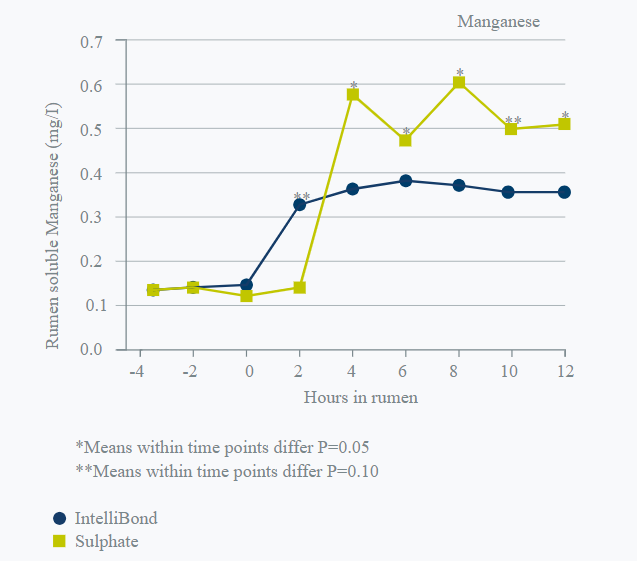
Figure 2: percentage improvement of fibre digestibility in 14 studies in carried out in cattle on different diets. A positive effect on fibre digestibility was found in 12 out of 14 studies.
Feeding IntelliBond improves fibre digestibility
The negative impact of sulphate salts on the rumen microflora reduces their ability to digest fibre, in term resulting in a reduction of feed efficiency. Multiple studies carried out by different independent research groups have proven that completely replacing sulphate trace minerals with IntelliBond will avoid high levels of metal ions being present in the rumen. This will result in a significant improvement in fibre digestibility (see Figure 2). A meta-analysis of all studies carried out with IntelliBond showed an average improvement of NDF digestibility of 1.7%. University research in dairy cows has shown that each one-point difference in NDF digestibility can represent an extra 0.25 to 0.3 kg of daily Energy Corrected Milk production.
The improvement of rumen function results in an increased production of volatile fatty acids
Optimal rumen fermentation and improved fibre digestibility result in an increase of volatile fatty acids, which are an important source of energy for the dairy cow. In a trial by Guimares et all two groups of animals were included. One group was fed sulphate trace minerals, the other group was fed IntelliBond. Feeding IntelliBond instead of sulphates resulted in an increase of VFA production in the rumen of 21%, increasing propionate production of 15%.
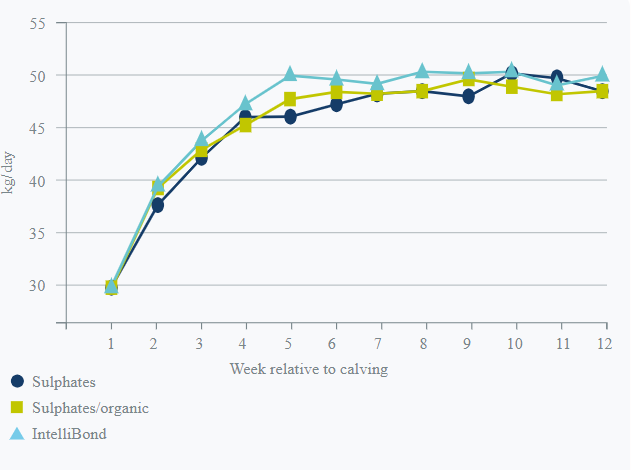
Figure 3: milk production in kg/day in cows supplemented with sulphates, a mixture of sulphates and organic trace minerals or with IntelliBond
Improvement of fibre digestibility results in an increase of milk production
In a trial carried out by Cornell University, milk production was increased in early lactation cows fed IntelliBond compared to cows fed sulphates. (see Figure 3). The IntelliBond group reached peak production sooner and produced 3.5 litres milk more at the peak of lactation. Dynamics of lactation persistency in dairy cows indicate that 1 kg of extra milk at peak lactation is equal to 200 kg of extra milk per lactation. A more recent study by Daniel et al confirmed that dairy cows fed IntelliBond will have a significant increase in milk production.
Increasing dairy farm profitability with IntelliBond
Feed efficiency of dairy cows is an important driver of dairy farm profitability. Feeding IntelliBond trace minerals improves the digestibility of fibre in the diet, enabling cows to produce more milk out of the same amount of feed. This effect of feeding IntelliBond is the result of avoiding the use of sulphates. It is therefore crucial to aim at total replacement of sulphates in the ration by IntelliBond. Depending on the milk price, the incremental cost to move to IntelliBond to supplement a cow during her entire production cycle can be earned back within 3 to 4 weeks, resulting in an excellent return on investment and a significant improvement of income over feeding costs of a dairy farm.
